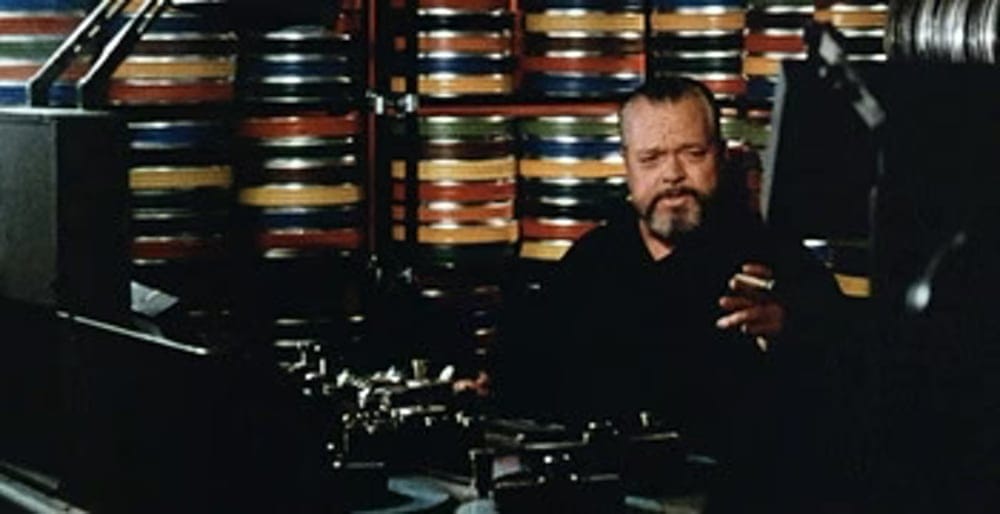Orson Welles: Don’t deface “Citizen Kane” with crayons

The original camera negative of “Citizen Kane” is destroyed in a New Jersey film laboratory fire in the 1970s. Subsequent prints are ultimately derived from a nitrate fine grain positive made in the 1940s.
In the 1980s, the film become the catalyst in the controversy over the colorization of black and white films. When Ted Turner tells members of the press that he is considering colorizing Citizen Kane, there is an immediate public outcry. Two weeks before his death, Welles asks filmmaker Henry Jaglom not to let Turner deface his movie with crayons.
Modern techniques are used to produce a pristine print for a 50th Anniversary theatrical revival reissue in 1991 (released by Paramount Pictures). The 2003 British DVD edition is taken from an interpositive held by the British Film Institute.
The current US DVD version (released by Warner Home Video) is taken from another digital restoration, supervised by Turner’s company. The transfer to Region 1 DVD is criticized for being too bright. Also, in the scene in Bernstein’s office, rain falling outside the window has been digitally erased, probably because it was thought to be excessive film grain.
These alterations are not present in the UK Region 2, which is considered to be more accurate in terms of contrast and brightness.